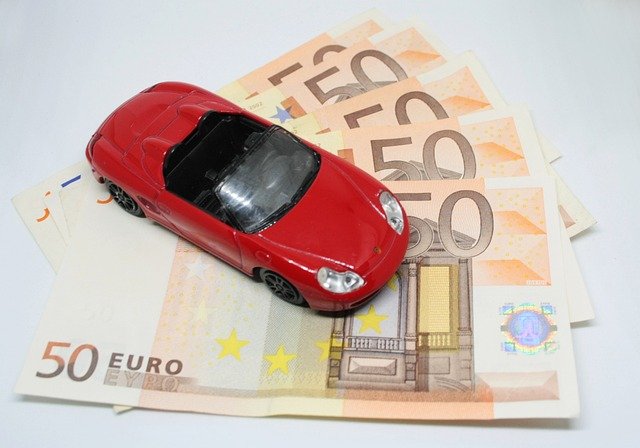Explore Unsold Car Prices: A Guide to Making Smart Buying Decisions
Understanding unsold car prices can help you make informed decisions when purchasing a vehicle. These automobiles, often referred to as dealer inventory vehicles, present unique opportunities for savings while requiring careful consideration of various factors. This comprehensive guide will help you navigate the process of evaluating and purchasing unsold cars.

What Are Unsold Cars and Why Are Their Prices Different?
Unsold cars are new vehicles that remain in dealer inventories beyond their expected selling period. Several factors contribute to their status and pricing variations:
-
Model year transitions causing dealers to clear existing inventory
-
Changes in consumer preferences or market conditions
-
Overestimation of demand during initial ordering
-
Manufacturing overruns or canceled fleet orders
These circumstances often lead dealers to offer more competitive prices to move inventory and make room for newer models.
Typical Price Ranges for Unsold Cars
The pricing of unsold cars varies significantly based on multiple factors:
| Vehicle Category | Typical Discount Range | Additional Incentives |
|---|---|---|
| Economy Cars | 10-15% off MSRP | $500-2,000 cash back |
| Mid-Size Sedans | 12-18% off MSRP | $1,500-3,500 cash back |
| Luxury Vehicles | 15-25% off MSRP | $2,000-5,000 cash back |
| SUVs/Crossovers | 8-15% off MSRP | $1,000-4,000 cash back |
Prices, rates, or cost estimates mentioned in this article are based on the latest available information but may change over time. Independent research is advised before making financial decisions.
Benefits and Considerations When Buying Unsold Cars
When considering an unsold car purchase, evaluate these key factors:
Benefits:
-
Substantial price reductions from MSRP
-
Full manufacturer warranty coverage
-
New car financing rates
-
Latest safety features and technology
Considerations:
-
Limited color and option choices
-
Possible previous year models
-
Potential depreciation impacts
-
Market timing requirements
How to Research and Compare Unsold Car Prices
Effective research strategies include:
-
Using multiple online pricing tools and comparison websites
-
Requesting quotes from several local dealerships
-
Checking manufacturer websites for special programs
-
Monitoring seasonal sales patterns
-
Reviewing dealer inventory ages
-
Comparing prices across different regions
Additional Costs to Factor In Before Purchase
Beyond the purchase price, consider these additional expenses:
- Registration and Documentation
-
State registration fees
-
Title transfer costs
-
Documentation fees
-
Dealer processing charges
- Insurance and Protection
-
New car insurance premiums
-
Extended warranty options
-
Gap insurance considerations
- Ownership Costs
-
Maintenance requirements
-
Fuel efficiency ratings
-
Local tax implications
-
Depreciation projections
Understanding these comprehensive costs helps create a more accurate picture of the total investment required for an unsold car purchase. While initial savings may be attractive, ensuring these additional expenses align with your budget is crucial for a successful purchase decision.
These insights into unsold car prices and purchasing considerations provide a foundation for making informed decisions when exploring dealer inventories. By carefully evaluating all aspects of the purchase, including both immediate and long-term costs, you can maximize the value of your investment while minimizing potential risks.




